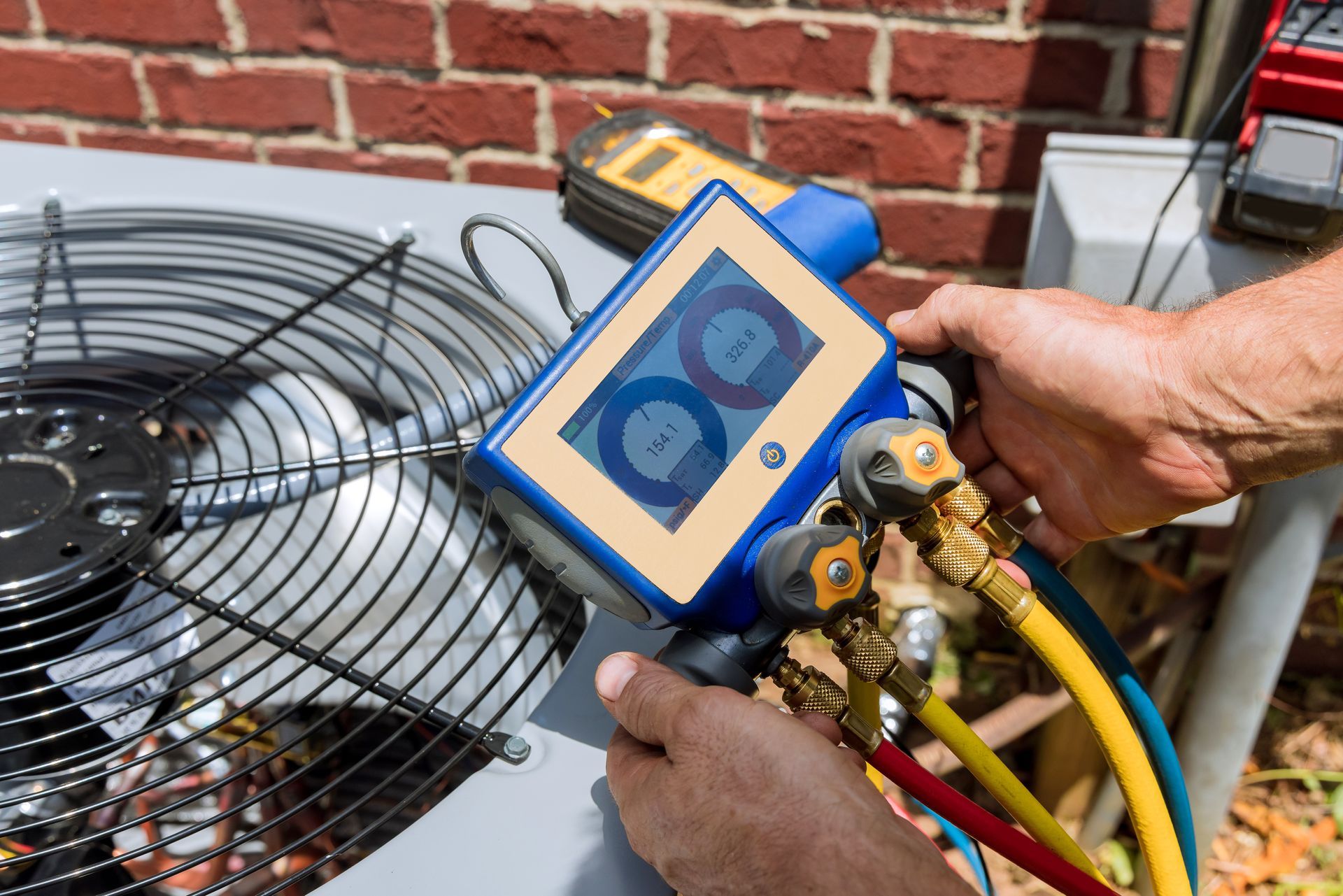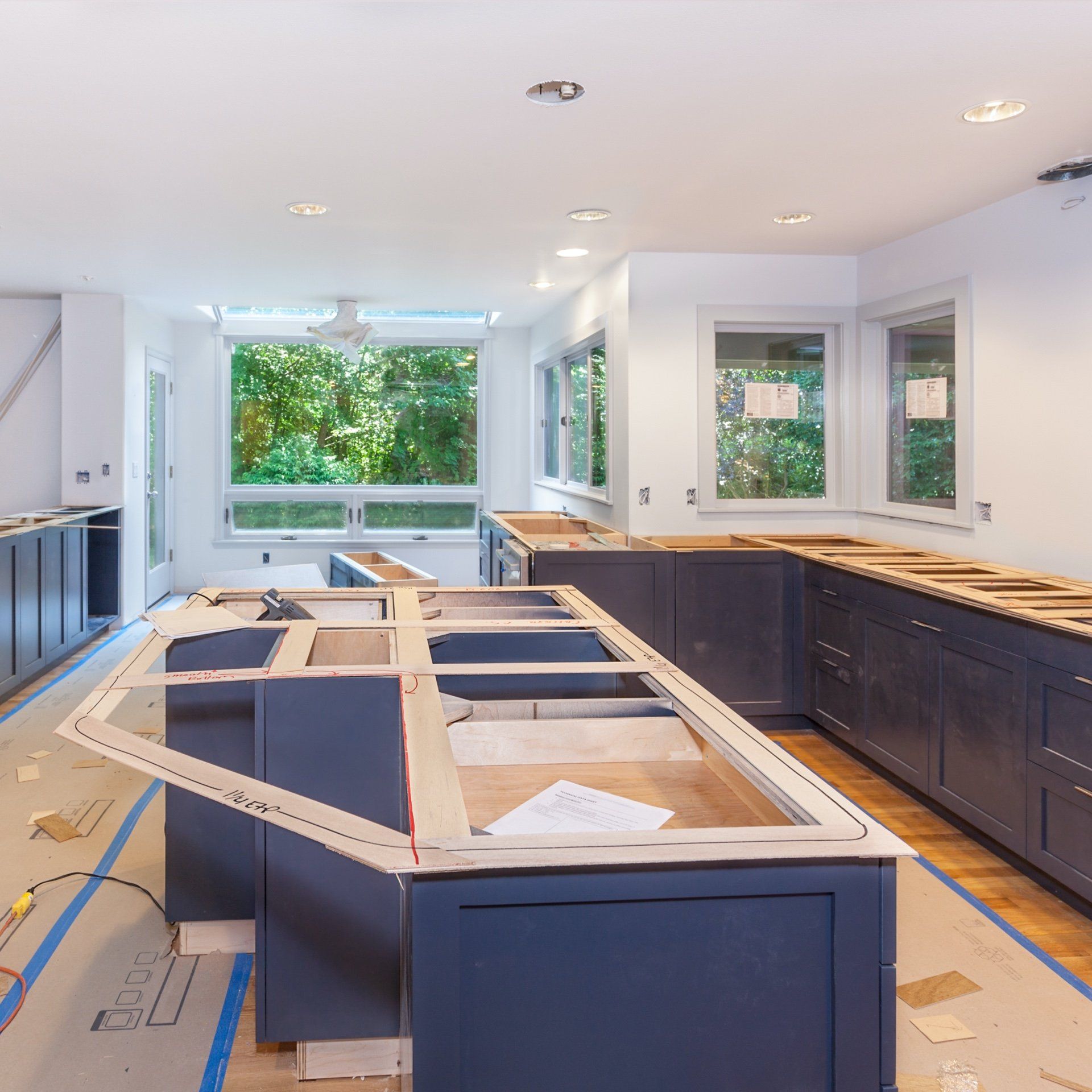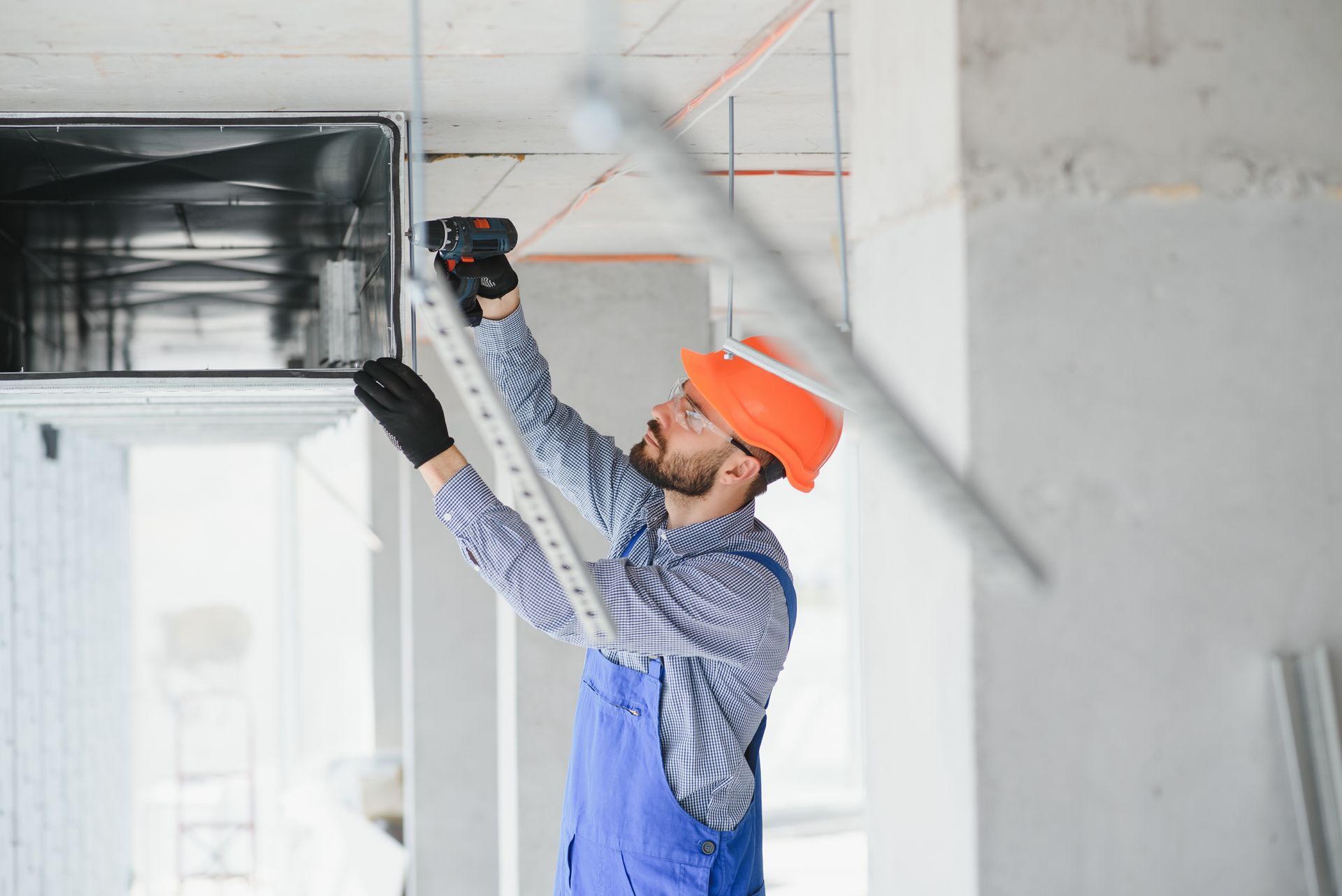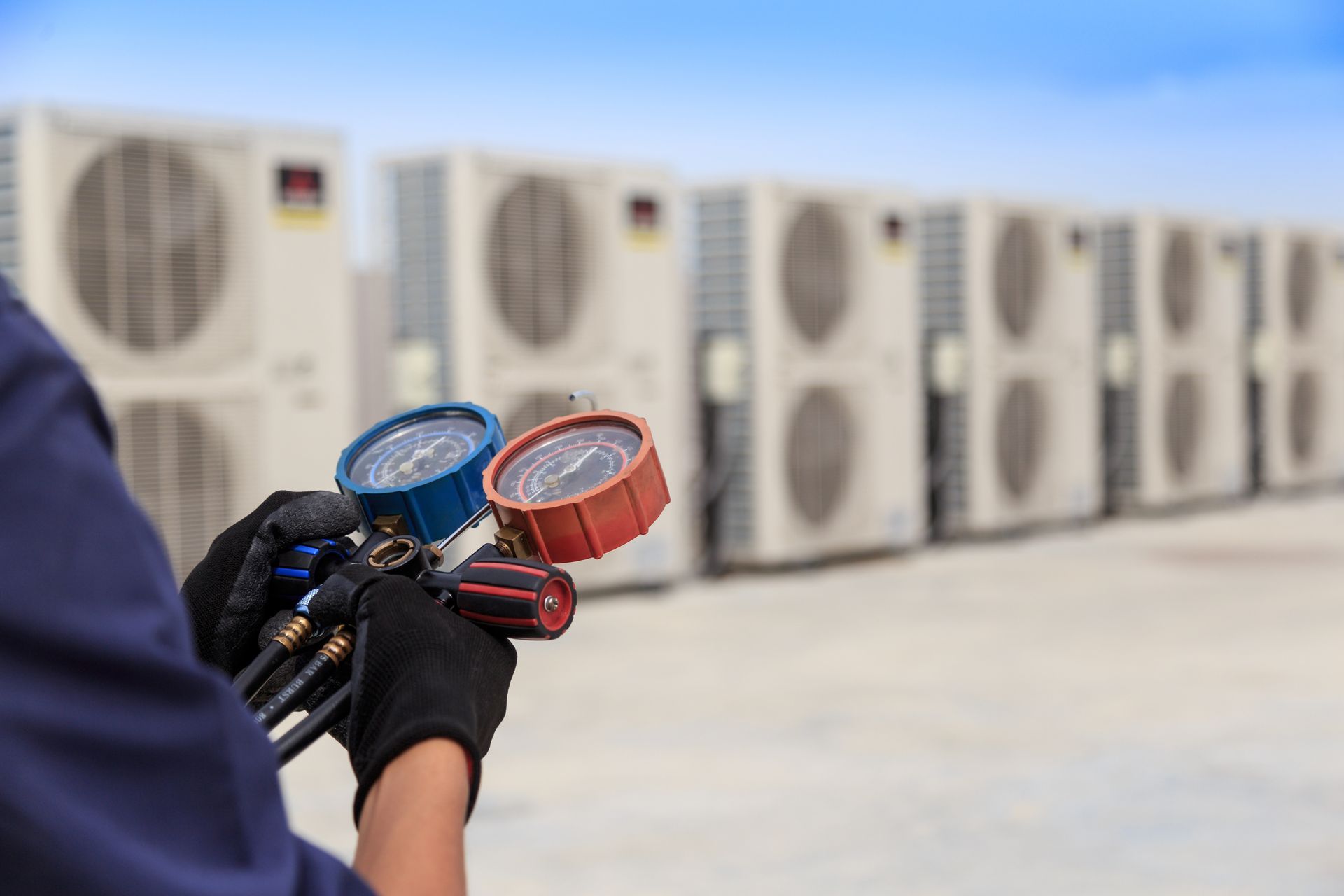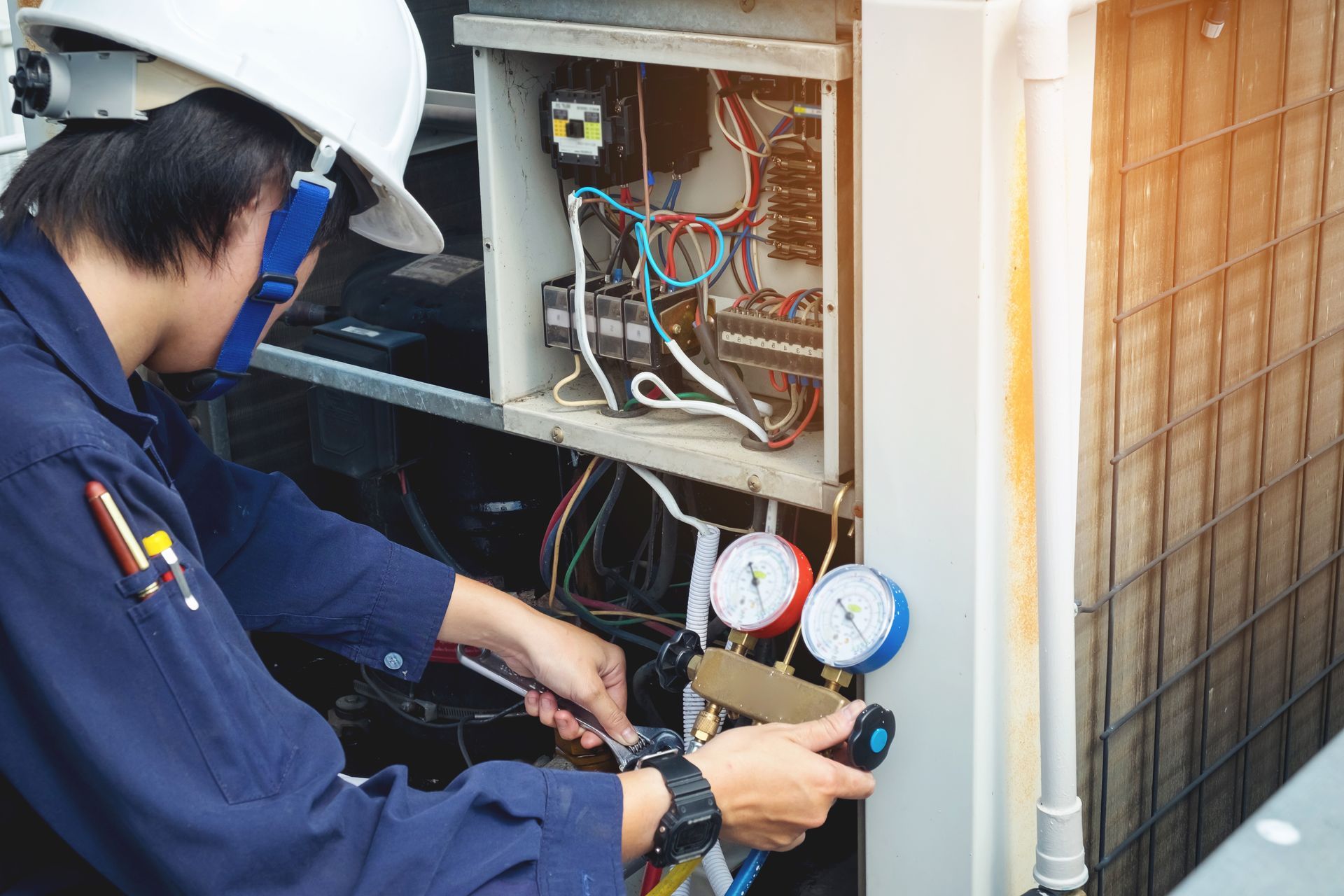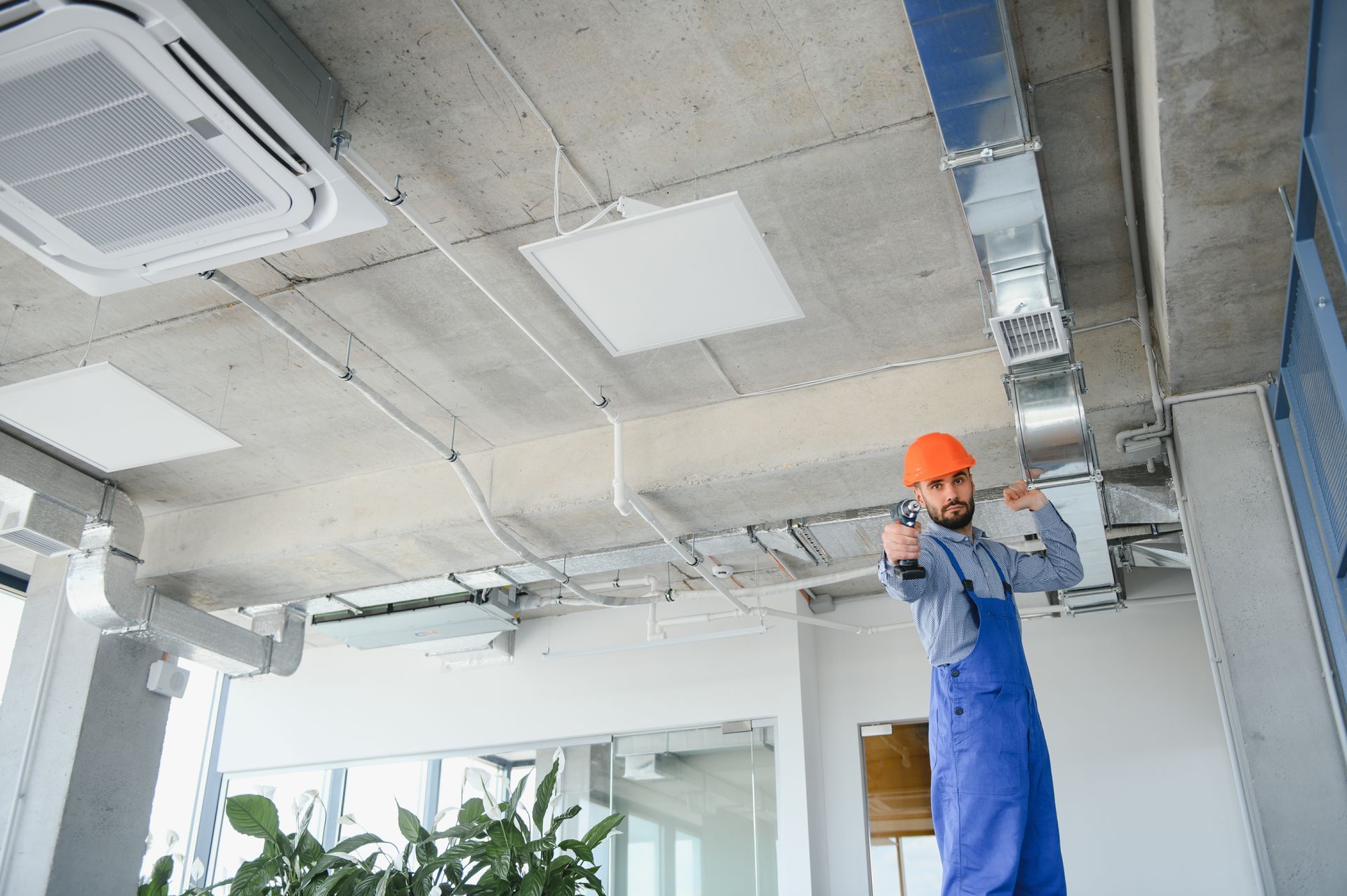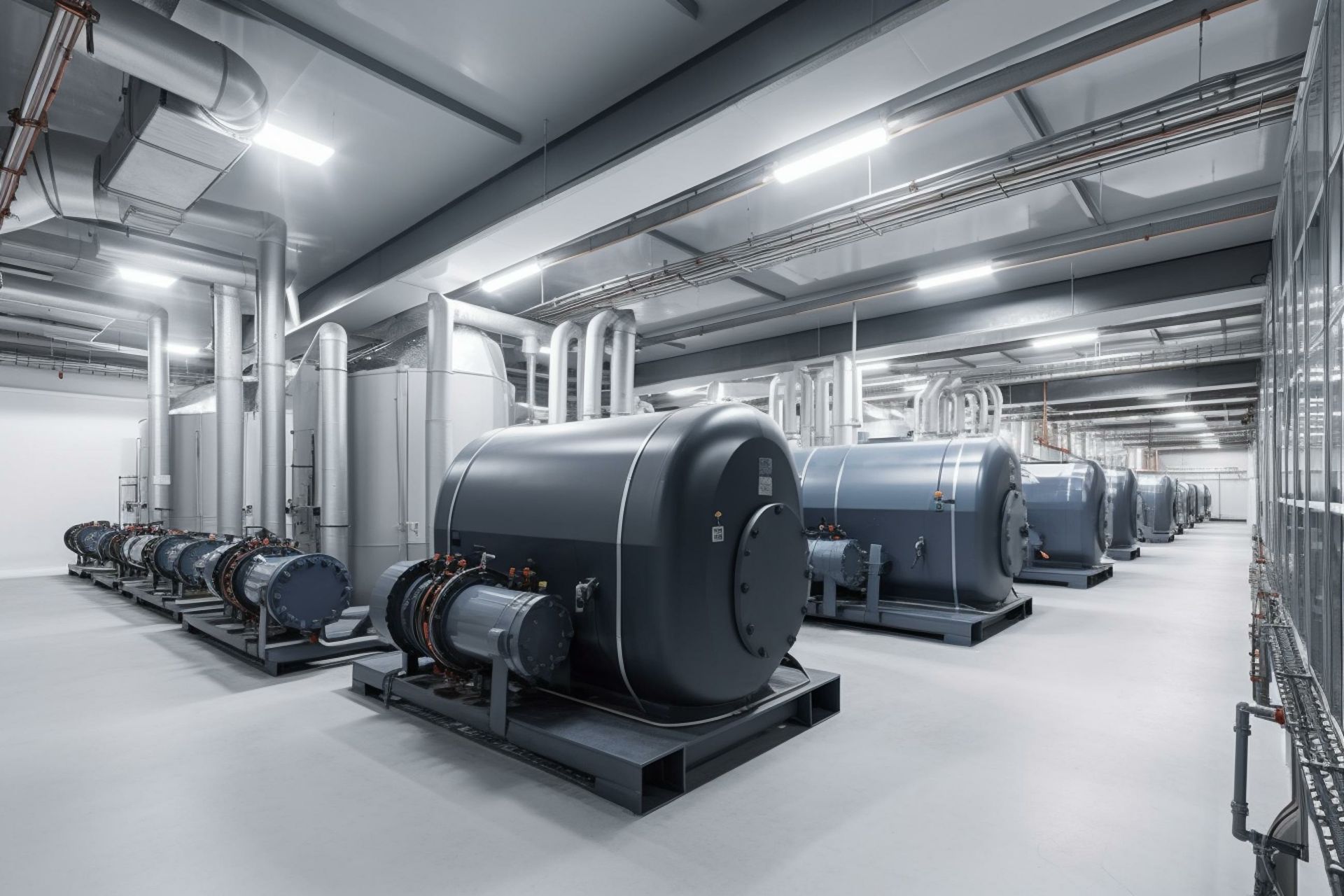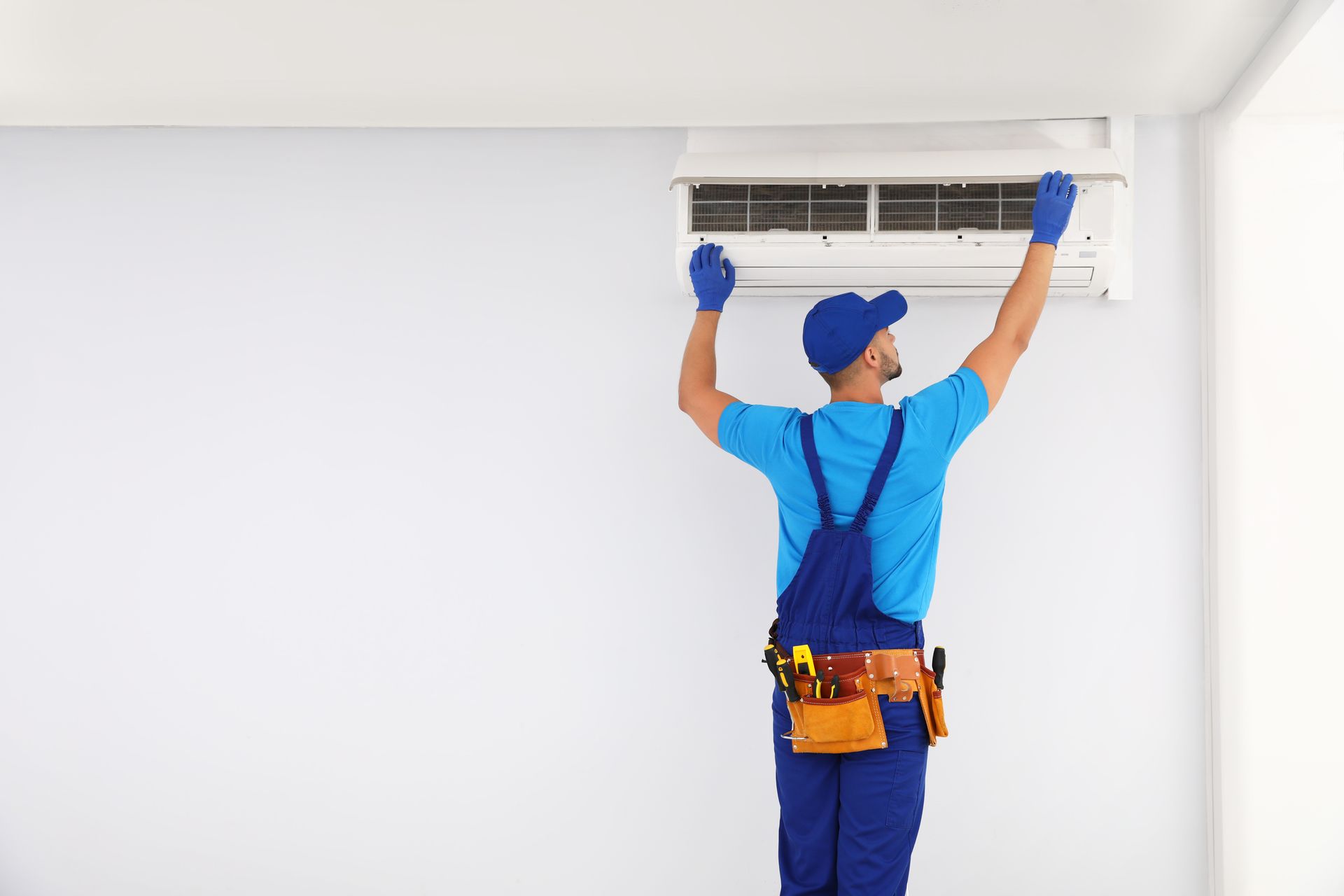Understanding Two-Stage HVAC Systems: A Buyer's Guide
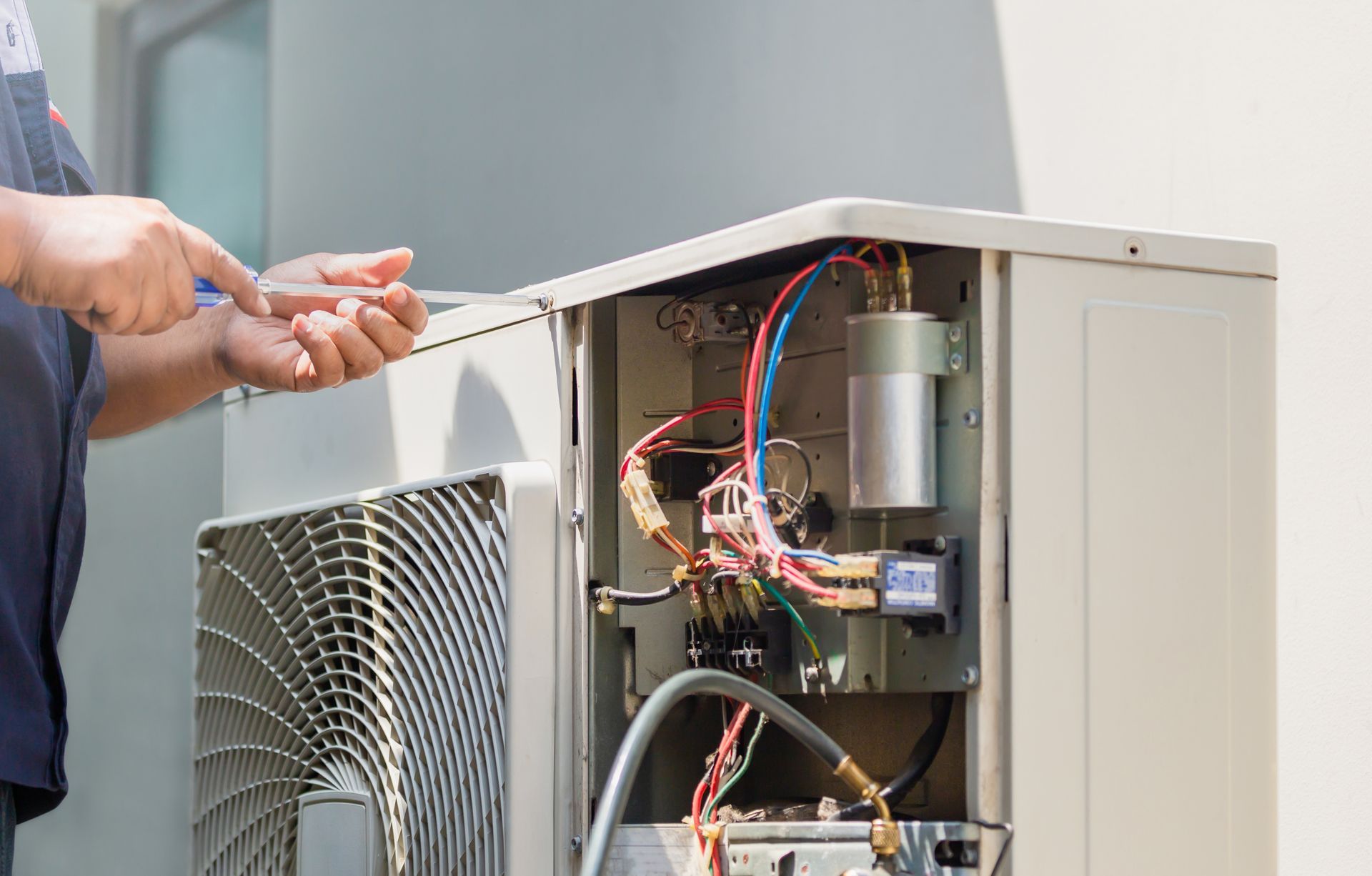
Two-Stage HVAC Systems Explained
A two-stage HVAC system, as the name suggests, operates at two levels or stages: high and low. Unlike traditional HVAC units that run at one speed (high) all the time, two-stage systems can adjust their output depending on the temperature outside and inside your home. This allows them to maintain a more consistent indoor temperature and achieve better energy efficiency.
The Advantages of Two-Stage HVAC Systems
1. Improved Comfort: Two-stage HVAC systems deliver consistent, even heating and cooling. This means less temperature fluctuation in your home, reducing hot or cold spots for improved comfort.
2. Energy Efficiency: Because they can operate at a low stage when full power isn't needed, two-stage systems consume less energy, leading to lower utility bills.
3. Reduced Wear and Tear: By operating at a lower stage most of the time, two-stage HVAC systems experience less wear and tear, potentially extending their lifespan.
4. Quieter Operation: When running at the lower stage, these systems generate less noise than single-stage units, contributing to a quieter home environment.
The Need for Professional Installation
While it might be tempting to install a two-stage HVAC system yourself to save on installation costs, doing so could lead to complications. HVAC systems are complex, and improper installation could result in reduced efficiency, frequent breakdowns, or even damage to the system itself.
Benefits of Hiring a Professional
Hiring a professional for the installation of your two-stage HVAC system ensures that the job is done correctly. Professionals have the training and expertise to handle the intricate components of these systems. They can also perform necessary calculations to ensure your system is the right size for your home, which is crucial for achieving optimal efficiency and comfort.
Moreover, professionals can provide guidance on operating and maintaining your system, helping you get the most from your investment. They can also service your system regularly to ensure it continues to perform at its best.
The Risks of DIY Installation
While you might feel confident in your DIY skills, installing a two-stage HVAC system is a complex task that requires specific knowledge and skills. A mistake during installation could lead to problems down the line, including decreased efficiency, increased utility bills, and potential system failure. It could also void the warranty, leaving you responsible for any necessary repairs or replacements.
Embracing the Efficiency of Two-Stage HVAC Systems
Choosing a two-stage HVAC system for your home could be one of the best decisions you make. With their ability to provide more consistent comfort and greater energy efficiency, these systems are a smart choice for today's homeowners.
If you're considering upgrading to a two-stage HVAC system, remember the importance of professional installation. Don't let the appeal of DIY installation lead to long-term headaches. Instead, trust the experts to ensure your system is installed correctly and working at its best.
When you're ready to upgrade, don't hesitate to reach out to a professional. Visit the "Contact" page to get in touch and start enjoying the benefits of a two-stage HVAC system in your home.
